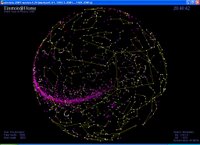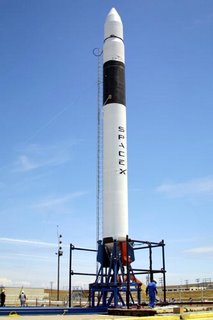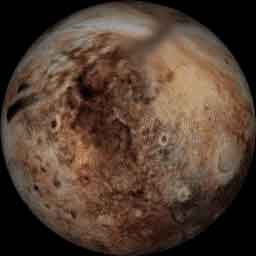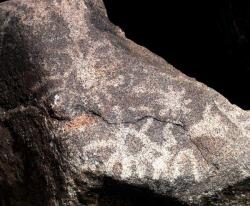An executive committee formed by the International Astronomical Union has approved a new definition of what a planet is, and by the new definition, the Solar System will have 12 planets, up from the present nine. Three bodies will be upgraded to the planet status: Charon, Ceres (formerly an asteroid), and Xena. The decision of the executive panel will be put on vote on August 24 by the delegates composing the IAU.
The new definition of a planet is: an object that circles the Sun, large enough to have gravitational forces that will compress it into a spherical shape, and at is least 250-500 miles in diameter.
The committee also came up with a new designation, called plutons, that encompasses planets that take at least 200 years to orbit the Sun. Plutons include Pluto, Charon and Xena. Ceres would just be an ordinary planet under the new definition, while Pluto and Charon, which orbit close to one another, will be a double planet system.
Many other objects might be upgraded to planet status, including Kuiper Belt Objects such as Sedna, Orcus and Quaoar, as well as asteroids such as Vespa, Pallas and Hygeia.

 Search engine Google and NASA announced that the two will collaborate to put information on the web. The effort aims to enable the public to view high-resolution 3D maps of the Moon and Mars, track the International Space Station and the space shuttles on flight on the web and basically make NASA's work publicly accessible.
Search engine Google and NASA announced that the two will collaborate to put information on the web. The effort aims to enable the public to view high-resolution 3D maps of the Moon and Mars, track the International Space Station and the space shuttles on flight on the web and basically make NASA's work publicly accessible.














































